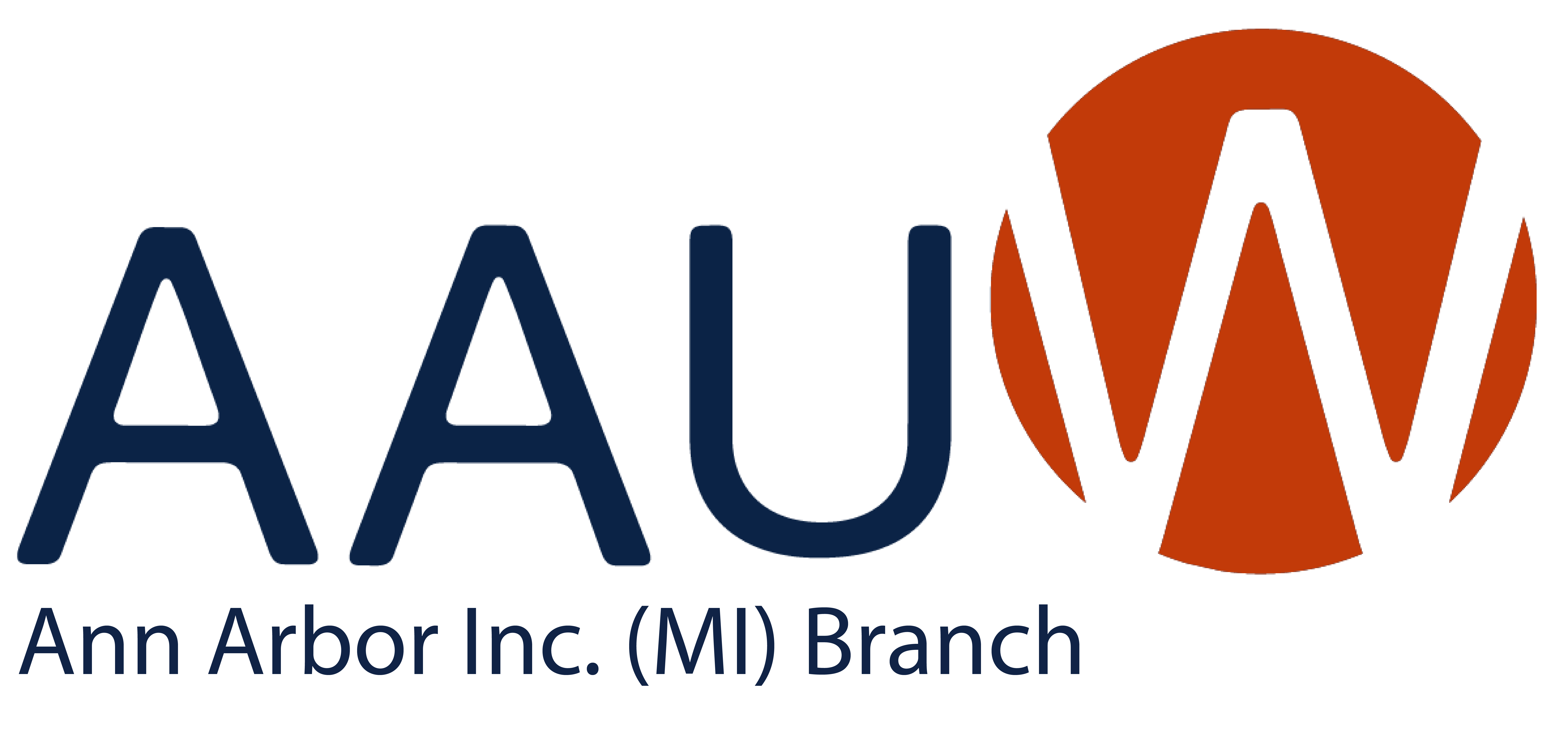“What happens to my donated books?”
It is always helpful to understand the goal for any effort; in the case of the annual AAUW-Ann Arbor Branch Used Book Sale, our primary goal is to raise money for scholarships. This fundraising mechanism has been extraordinarily successful since its inception in 1953, having raised almost $700,000 through 2016 to support scholarship awards at the organization’s national level and also at the University of Michigan, Eastern Michigan University, and Washtenaw Community College.
The number of books we can save for the sale is limited by several factors:
- the spatial capacity of the sales floor at Washtenaw Community College
- the three-day length of the sale
- the fact that we do not have a place to store leftover books from year to year.
Our members handle tens upon tens of thousands of donated books each summer, on a volunteer basis. They have gained considerable experience from over sixty-two years of working on this wonderful, community-based project and have a good idea of what the public will buy.
The entire process has frequently been referred to as a giant recycling event: nothing is discarded into the trash (save perhaps used containers after our lunchtime breaks on sorting days).
The process at the sorting site is similar to that of a field hospital, except we treat books instead of people. All book donations go through three general filtering processes at the book-sorting site before they are boxed for our sale at Washtenaw Community College in September. We send books through “rough sort,” “triage,” and “distribution.” Each step of the way, we keep in mind our economic goal. This practice strengthens our book sale’s reputation as an important book-buying destination for the public as well as local and national book dealers. And by extension, it allows us faithfully to fund scholarships.
Rough Sorting
It is counterproductive to accept materials that are not likely to sell. As a result, we discourage the donation of encyclopedias, textbooks, retired library books, maps, magazines, VHS tapes, audio tapes, maps, and pamphlets. (A list of these materials is published on our flyers, in our Ann Arbor Observer ads, and on the AAUW-Ann Arbor website.)
We have also found that books that smell badly or are damaged, that cannot be cleaned of dirt and stains, or are badly marked or highlighted, just do not sell. These books and materials are separated out of the process during the rough sort phase.
Sometimes we are asked to save unsaleable books for special purposes such as theatre productions or art projects. We help if we can.
Books that do not make it through rough sort are recycled, not thrown into the trash. Libraries do the same, so we are in good company.
Triage
The next filtering phase is triage. Every book that makes it through the rough sort process is given individual attention in triage. Each book is checked thoroughly for anything of concern that might have been missed in rough sort, such as torn pages. They are also checked for usability … for example, it is not useful to keep old computer programming books or out-of-date medical books when the technology of a discipline no longer uses that information.
In triage, each book is cleaned to remove stickiness, dust, dirt, and many of the original price stickers.
Distribution Sorting
From triage, the books go to our distribution areas.
Picture the 2024 sorting site, the Veterans Memorial Park Ice Arena, with stacks of boxes, four high, lining much of the inside perimeter of the ice rink and other large floor areas. These stacks of boxes are organized into seventy-two categories worked out over the years. The distribution team categorizes the books. In the final steps, there is also a check for too many copies of the same title, a final check for correct categorization, and a decision on whether a book might be worth selling on the Internet.
Usable books that do not make it into the various categorized boxes are not wasted. Each year, before book sorting even begins, knowledgeable members decide upon the optimum number of boxes per category that will sell during the three-day sale in September. As we get further into the sorting weeks, we begin to fill up the allotted number of boxes for each category. Extra books go to our overflow area where they are offered to other AAUW book sales, to libraries, to the Veterans Hospital, and to other charitable organizations. They are not thrown away. In this special case, the books that are donated at the beginning of our sorting period are more likely to go to our sale, and additional copies of the same book, donated later, will benefit other community organizations.
Only some of our book categories reach this overflow stage.
The AAUW Used Book Sale really is a whole community project and has frequently been referred to as a wonderful and total recycling project from beginning to end.
